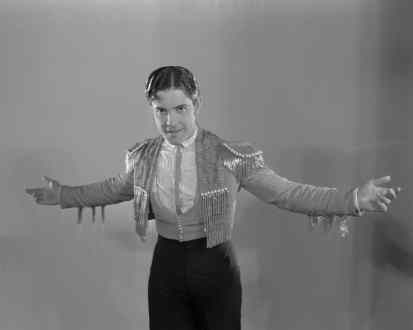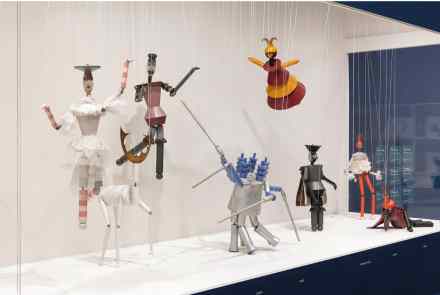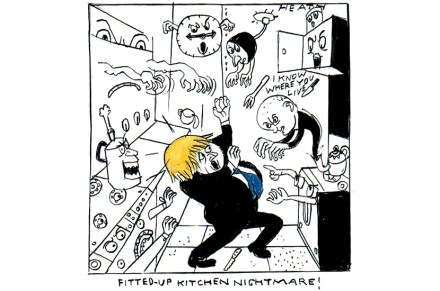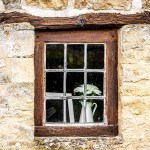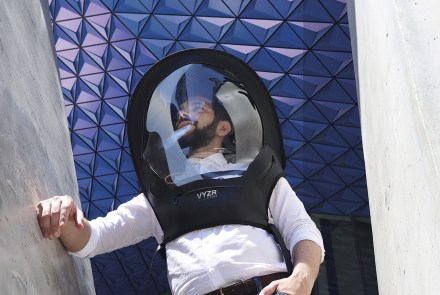The best podcasts where girls sit around talking about ghosts
‘I’ve actually seen ghosts.’ This statement comes less than ten minutes into the first episode of Dark House, a limited-series podcast about ghosts, houses and interior decoration from House Beautiful magazine. And this is the moment, I assume, a certain number of people roll their eyes and switch over to the next podcast in their queue. Humans are fascinated by ghosts. We tell the stories, we take the city tours of hauntings when we travel, we see all the films in the Conjuring and Insidious series. But that’s a bit different from seeing real ghosts, which is just someone taking things too far. It was a shadow, or a dream,
